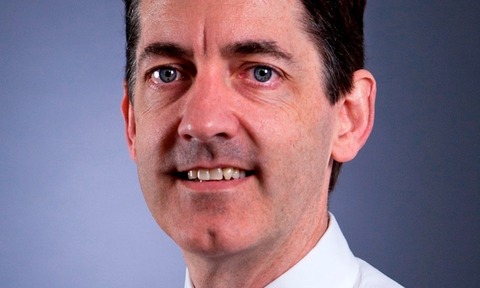Automated laboratory links
20 Feb 2014

BD Diagnostics’ Paul Holt discusses the options a cytopathology lab has in automating its sample transfer and analysis processes.
Liquid-based cytology, the process by which a sample is washed into a vial and filtered onto a slide to detect cervical cancer, is more frequently being used to test and diagnose disease than ever before.
However, cytopathology labs remain somewhat lacking in terms of automation - which can sometimes result in sample loss, errors in labelling and the miscommunication of vital information.
The problems many of these diagnostics labs face is that at best they will only have various pieces of automated equipment but nothing combining them together. That includes both the specimen and the patient information as it travels through the lab.
The root of the problem often points to inadequate documentation - the process of information being poorly transferred from the doctor’s office to the lab.
To counter such issues, we have incorporated pre-labelled patient sampling devices that go to the lab. So when the doctor receives these vials with liquid in them, they are already labelled and they can tear off a 2D barcode that goes on the paperwork alongside the patient’s sample.
That type of system automatically links the doctor’s office to the laboratory. Once it gets to the lab, a Multiprocessor takes the vial and automates the process of making a cell pallet.
An instrument such as BD Diagnotics’ SurePath product uses a centrifugation technique to filter the sample and put it on a slide.
Currently, however, the error rate without the use of more automated equipment is far above where it acceptably should be.
In terms of patient samples being mixed up, or an error occurring, overall the numbers are surprisingly high; between 5-12% in terms of samples get mixed up - and that is not just within cytopathology.
Typically, a sample is hand-written, and the lab it gets sent to have to re-type the information into their system, which is opposed to the 2D barcode where a user simply scans the information into the system and the errors become next to zero.
However, standardising these techniques, especially in the US, is very difficult without a system such as the UK National Health Service (NHS).
The NHS is a great example of a system that only allows firms to submit data if they follow strict protocols.
In the US, the Affordable Care Act (Obama Care), is probably the closest thing we have had in decades in terms of enforcement of single rules that people have to follow to be a part of the system.
This could be a method that moves the country forward to a more universal, and hopefully more automated, information exchange.
Bio:
Paul Holt graduated from the University of Washington in 1995 earning a Bachelor of Science in Electrical Engineering. Paul has worked in the medical devices for the past 25 years and currently heads a team at BD Diagnostics that is responsible for the company’s cervical cancer products.

